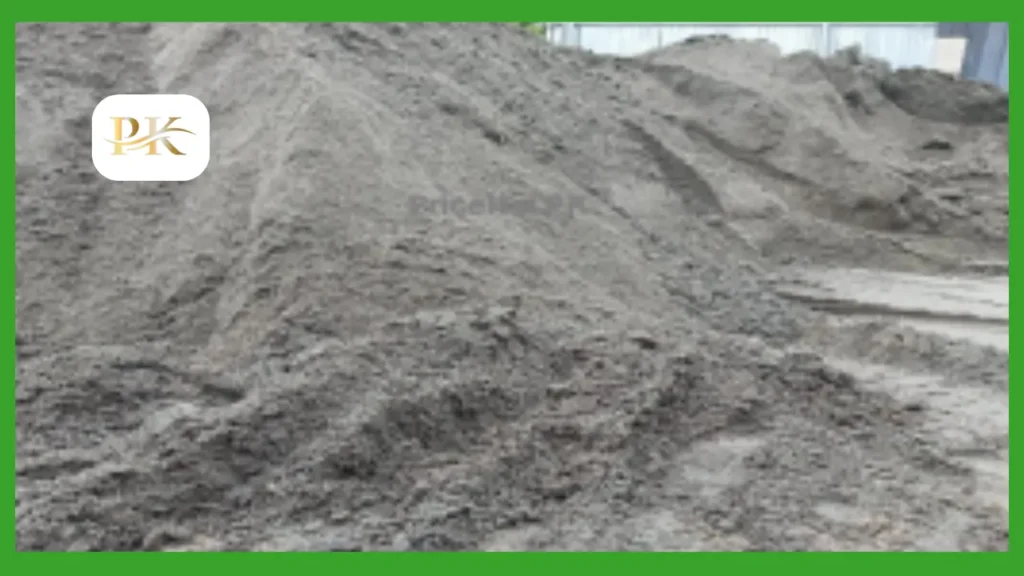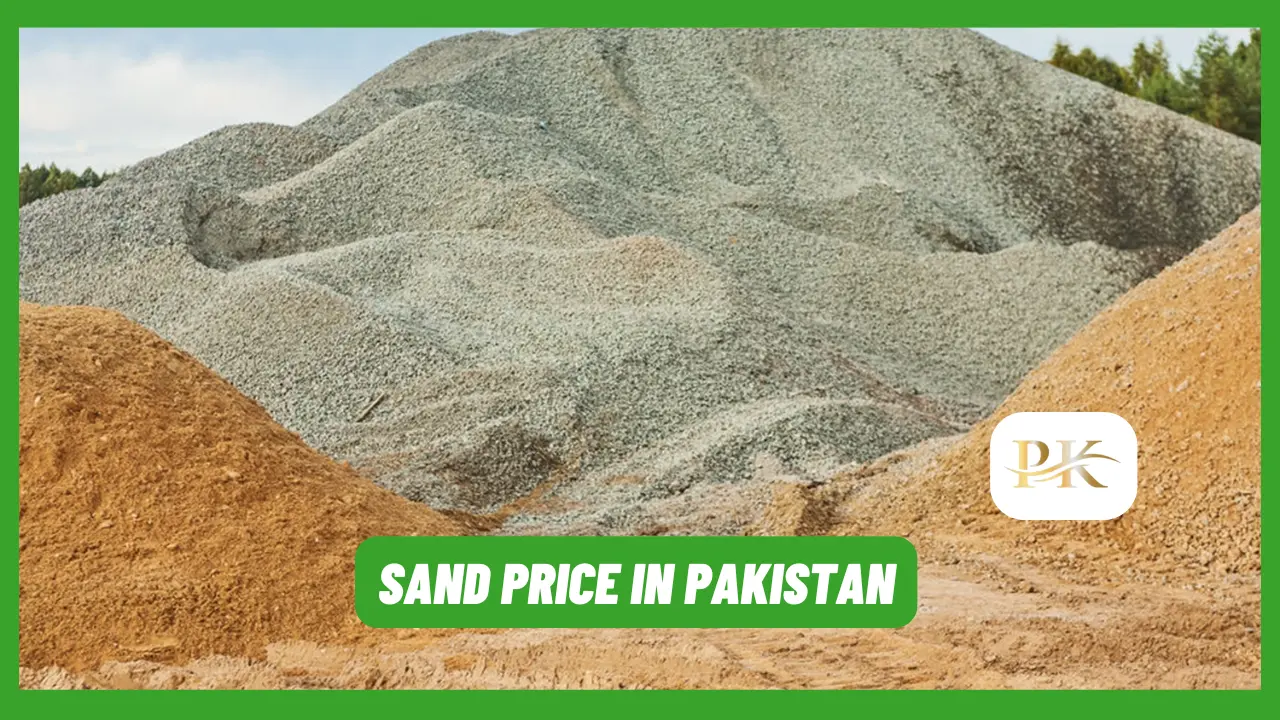Sand Price in Pakistan: Today Latest (Rait) Rates
Sand price in Pakistan has become a hot topic among builders, contractors, and homeowners due to its significant role in construction projects. The demand for sand has surged as urbanization and infrastructure development continue to grow across the country.
Sand is a natural material made of tiny rock and mineral particles. It’s essential in construction, used in making concrete, plaster, and mortar for building projects.
The most common types of sand are river sand, desert sand, and industrial sand. Builders prefer river sand for its fine texture, while desert sand isn’t ideal due to its rounded grains. Industries use industrial sands, like silica, for specialized applications.
Sand Price in Pakistan Today
The sand prices in Pakistan today reflect the current market trends and regional variations. Here’s a breakdown of the prices:
Sand Price in Pakistan
| Sand Type | Quantity | Price |
|---|---|---|
| Sand | 1 Cubic Feet | RS. 44 |
| Sand | 200 Cubic Feet (Trali) | RS. 10,000 |
| Sand | 1000 Cubic Feet (Damper) | RS. 44,000 |
Also Visit: Latest Tuff Tile Price in Pakistan
The Role of Sand in Construction Projects
Sand is a crucial ingredient in many construction materials, particularly concrete. Its fine texture helps create a strong, durable mixture for buildings and infrastructure.
In addition to concrete, sand is used in plaster and mortar, helping to bind materials together. This makes it an indispensable part of nearly every construction project.
As construction projects grow in scale and complexity, the demand for sand continues to increase. It is vital for everything from foundations to roads and bridges.

Uses of Sand
Sand serves various purposes in construction and other industries, making it an incredibly versatile material. Below are some of its key applications:
- Making Concrete and Mortar: Sand is a vital component in producing concrete and mortar, providing strength and stability for construction projects such as buildings, bridges, and roads.
- Plastering Walls and Surfaces: Sand is mixed with cement to create plaster, which is used to coat walls and surfaces, offering protection and a smooth finish.
- Sandblasting for Cleaning Materials: Sand is used in sandblasting, a technique for cleaning, polishing, and preparing surfaces like metal, wood, and stone.
- Producing Glass and Ceramics: Industrial-grade sand, like silica, is a key ingredient in manufacturing glass and ceramics, essential for both construction and consumer products.
- Creating Foundations for Roads and Buildings: Sand serves as a base material for creating stable foundations in road construction and building foundations, ensuring durability and support.
- Landscaping and Filling Material: Sand is used for landscaping, creating decorative features, and filling spaces in construction, providing a smooth surface for various outdoor applications.
Also Visit: Brick Rate in Pakistan
Overall Conclusion
In conclusion, sand is an indispensable material in construction, with its price significantly impacting overall project costs. Understanding the factors affecting sand prices can help builders and contractors make informed decisions.
As urbanization continues to drive demand, sand’s role in construction will remain crucial. Staying updated on current prices and trends is essential for managing construction budgets effectively.






